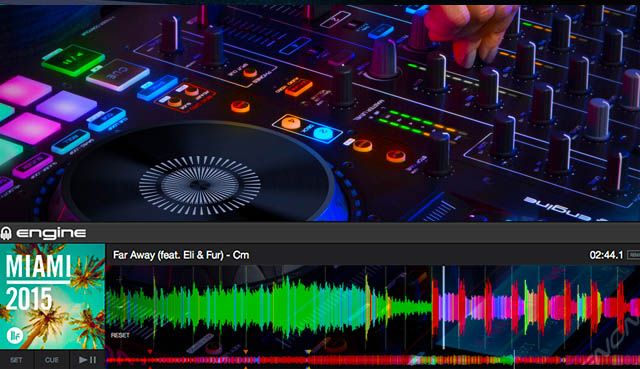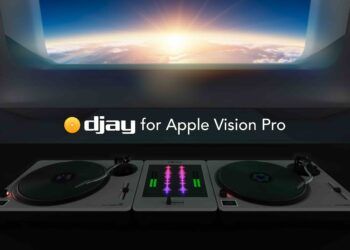DJ gear manufacturers usually create controllers that are optimized for separate DJ software companies such as Traktor or Serato. Denon is taking a different approach with the release of their latest controller the MCX8000. When we first heard about the MCX8000 and Engine during NAMM 2016, Denon was really quiet about the software and how it would interact with the controller. Prior to current developments, Engine was Denon’s music organizational tool, similar to Pioneer’s Rekorbox. Later, Denon stated that the software would support all features of the MCX8000 besides the sampler and beat-gridding capabilities. Now, Denon is ready to elaborate on the Engine 1.5 software and what makes it more than just a playlist manager.

The Purpose of Engine
With the release of the MCX8000, it is clear that Denon is looking towards the all-in-one solution when it comes to controllers in addition to developing music management software. The purpose of this is to make it easier for DJs to focus on the music and hardware and not the software as one would do with a traditional MIDI controller. (Similar to how many DJs depend on Pioneer gear and work within Rekordbox to manage their tracks.)
While this is nothing new, Denon is working to innovate their current model of managing music than using solely hardware to play. Engine brings in a friendly user interface and with advanced track preparation tools for beat gridding, looping, cueing, etc. Here are a few key features to highlight that makes Denon’s Engine unique.
Color Waveforms: Engine incorporates color waveforms to not only make the software attractive to the eye, but the waveforms also double as a way to analyze a track quickly. Each waveform is a blend of the primary colors (red, green, blue) with each frequency band in a 3-EQ represented by a primary color. Red is low-end, green is the middle band, and blue is high-end. The blending of the colors allows the DJ to anticipate what type of sound will come from the track making for quick track analysis.
Serato DJ Hotcue Support: Denon is also giving current users the ability to migrate from Serato over to Engine by offering support for the transfer of DJ Hotcues. Simply drag any track that was hot cued in Serato into Engine and the data will transfer. Those tracks can then be used in standalone mode.
Extensive Track Support: With the over-saturated music market, it is so easy to accumulate thousands of tracks in a single collection. Engine supports up to 100,000 tracks in a single collection and 1,000 tracks in a single playlist. The Engine software is similar to a V6 when it comes track processing and handling.
Furthermore, lists can be dragged directly onto a flash drive and put into the MCX8000. The other supported media players are Denon’s SC3900 and SC2900.
The other important features include:
- Create and analyze music database.
- Set cue points in advanced.
- Organize all of your tags and music files.
- Improve GUI for the optimized workflow.
- Up to 100,000 tracks.
- Up to 512 Crates, each with 7 sub-layers.
- Up to 512 playlists with 1000 tracks per playlist.
Engine isn’t going to replace Serato or Traktor, but with the way Denon is designing its products, a DJ won’t need a laptop. Back in the day, DJs spent time marking records with labels preparing for a gig was more than just charging a laptop and importing tracks from the Downloads folder. Denon’s new model with Engine has DJs more predisposed to preparing tracks for their all-in-one controllers without depending on a laptop in the booth, giving DJs an option over the Pioneer’s Rekordbox/CDJ duo.









